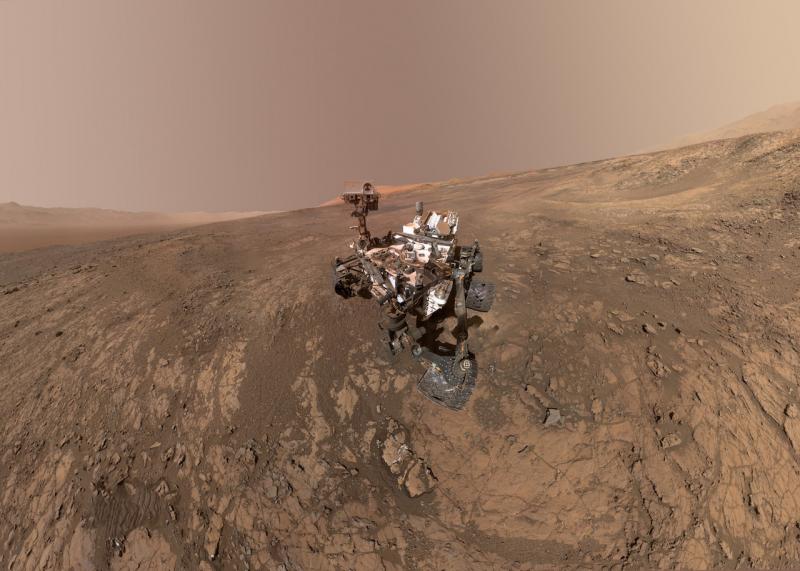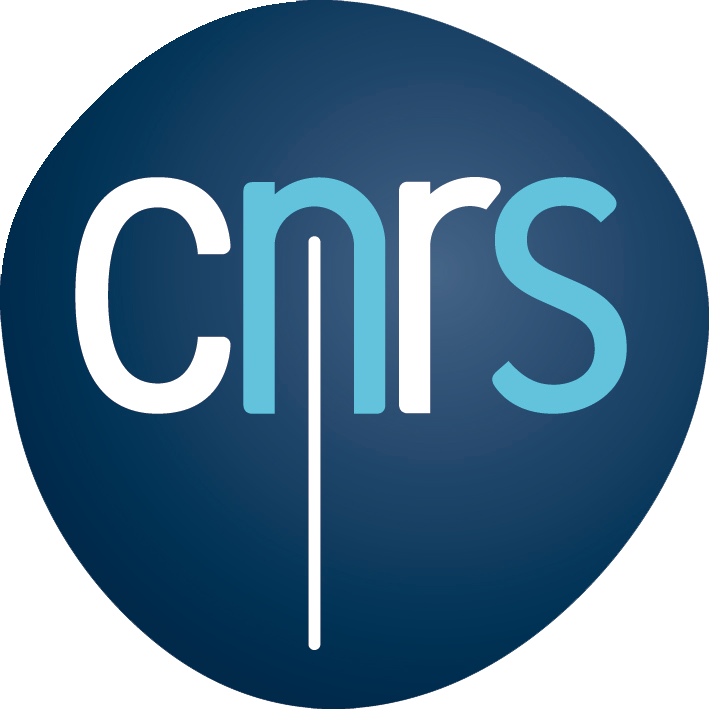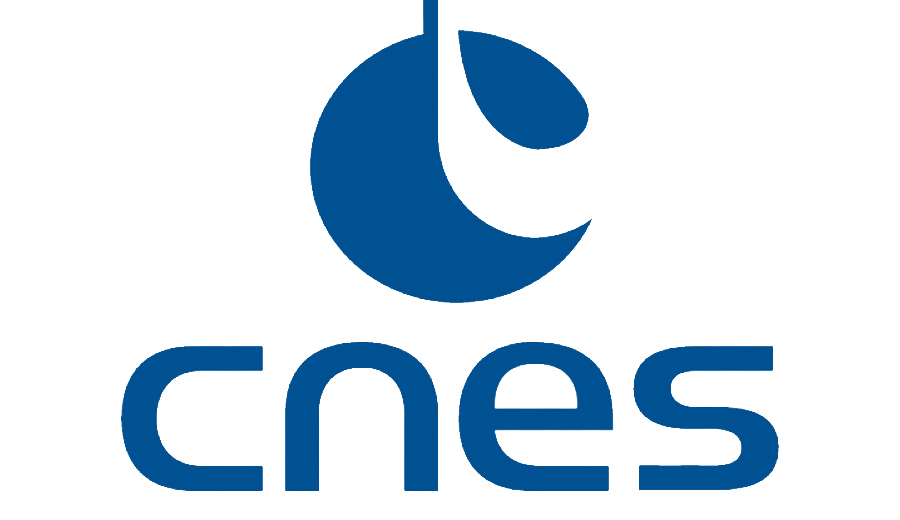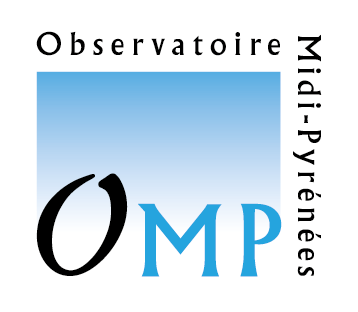2,000 sols of exploration of the Gale crater by the Curiosity robot on Mars
After nearly 6 years of exploration of the Gale Crater, NASA’s Curiosity robot passes the 2000-sols mark (1 sol = 1 Martian day = 24 hr 40 min) on the surface of Mars. Such a longevity has allowed Curiosity to demonstrate that the essential conditions for the emergence of life were met in the past on Mars. The French teams of the CNRS and of the French universities, which daily operate the ChemCam (1) and SAM (2) instruments in collaboration with the CNES, have made an essential contribution to Curiosity’s discoveries. A look back at some of the mission’s highlights.

Since August 2012, the Curiosity rover has been exploring the surface of Mars and has travelled more than 18 km in Gale Crater. It has just crossed an iron oxide-rich ridge during its ascent of Mount Sharp, a mountain that rises 5 km above the crater floor. Throughout its journey, Curiosity has characterized numerous sedimentary deposits, often invisible from orbit, which are evidence of river, lake or wind erosion. These observations established that Mars was once a habitable planet. Climbing the slopes of Mount Sharp, Curiosity is now studying the history of this habitability, probably more than 3 billion years old.
The ChemCam instrument is used almost daily. With its powerful laser, it measures the composition of the rocks of Mars without touching them from 2 m to 7 m from the rover. It detects many chemical elements that tell us about the genesis of these rocks and their transformation over time. It is the source of several important discoveries for the knowledge of the geology of Mars and its biological potential: discovery of rocks comparable to the primitive terrestrial continents; detection of mineral veins showing prolonged underground water activity; cataloguing of sediment sources; monitoring of the abundance of water and carbon dioxide in the atmosphere. To date, the Curiosity pilots have activated the ChemCam laser on Mars more than 550,000 times, 17,000 measurement points have been obtained, constituting a library of composition unprecedented on Mars to date.
The SAM instrument is used to characterize the molecular composition of soils and rocks, collected using the robot’s articulated arm, as well as the atmosphere. Curiosity’s largest instrument is therefore used much less frequently than ChemCam with “only” a few dozen measurements of atmospheric composition, and a dozen solid samples characterized. But due to its characteristics, SAM is the only instrument to have detected the presence of perchlorates (powerful oxidants) and nitrates in the sedimentary rocks analysed. Moreover, it is the first to have detected the presence of organic matter on Mars, 40 years after the first attempt by the Viking probes, in clay samples taken from the crater floor. Finally, the SAM measurements detected the presence of methane in the atmosphere, the presence of which raises questions about its origin due to its short theoretical lifetime in Mars surface conditions.
ChemCam and SAM are programmed in alternation with their American partners from the FIMOC (French Instrument Mars Operations Center) at CNES Toulouse. ChemCam and SAM orders are validated and transmitted to JPL, which sends them to Mars. The FIMOC also processes the technical data coming from Mars and makes sure that the instrument is working properly. The scientific data are analyzed by many French and international laboratories.
In 2020, the American Mars 2020 rover and the European Exomars 2020 rover should come to support the research carried out thanks to Curiosity with the SuperCam instrument, heir to ChemCam, and the MOMA instrument, heir to SAM, allowing us to further our analyses of the Martian environments throughout the history of the planet and their potential for the possible appearance of life.
Notes
1Institut de Recherche en Astrophysique et Planétologie (IRAP, CNRS/Université de Toulouse),
2Laboratoire Atmosphères Modélisation Observations Spatiales (LATMOS, CNRS/UVSQ/Sorbonne Université), Laboratoire Interuniversitaires des Systèmes Atmosphériques (LISA, CNRS/UPD/UPEC), Laboratoire de Génie des Procédés et Matériaux (LGPM, CentraleSupelec)
IRAP Contact
Olivier Gasnault, IRAP, Olivier.Gasnault@irap.omp.eu, 05 61 55 75 53






